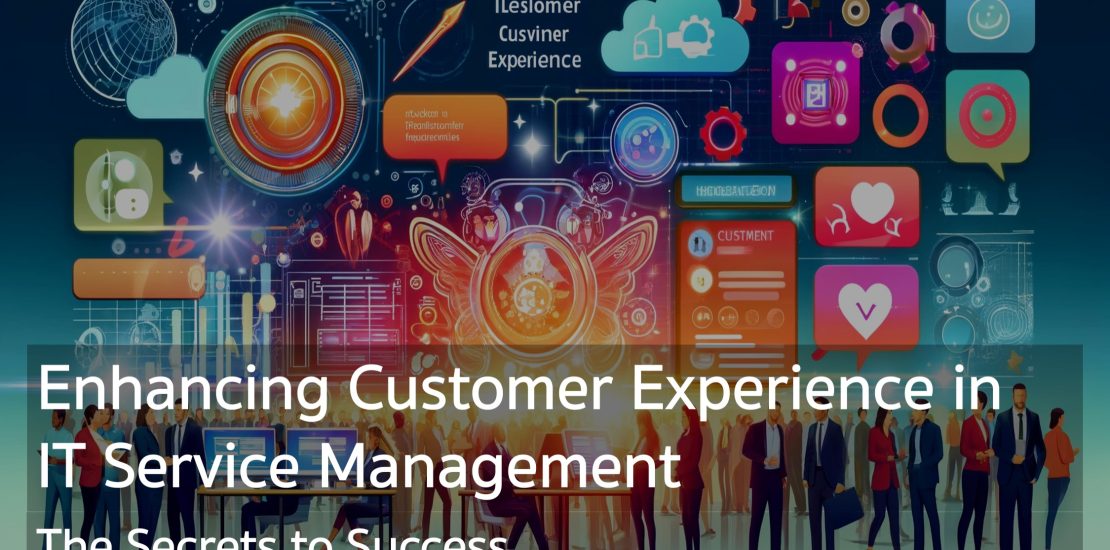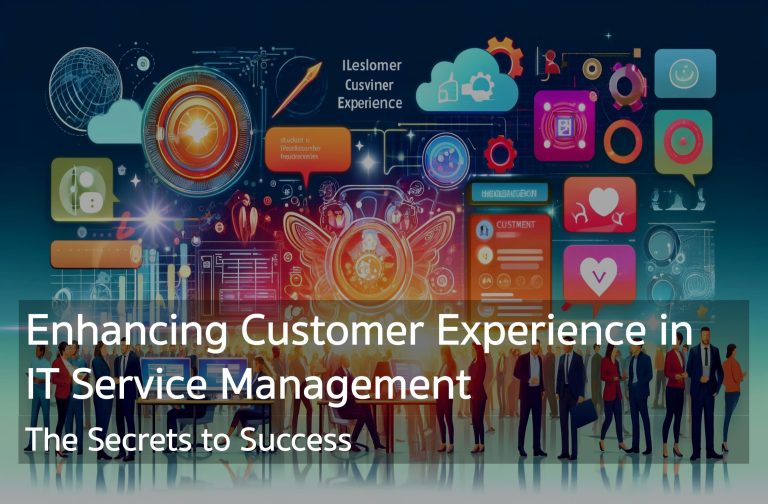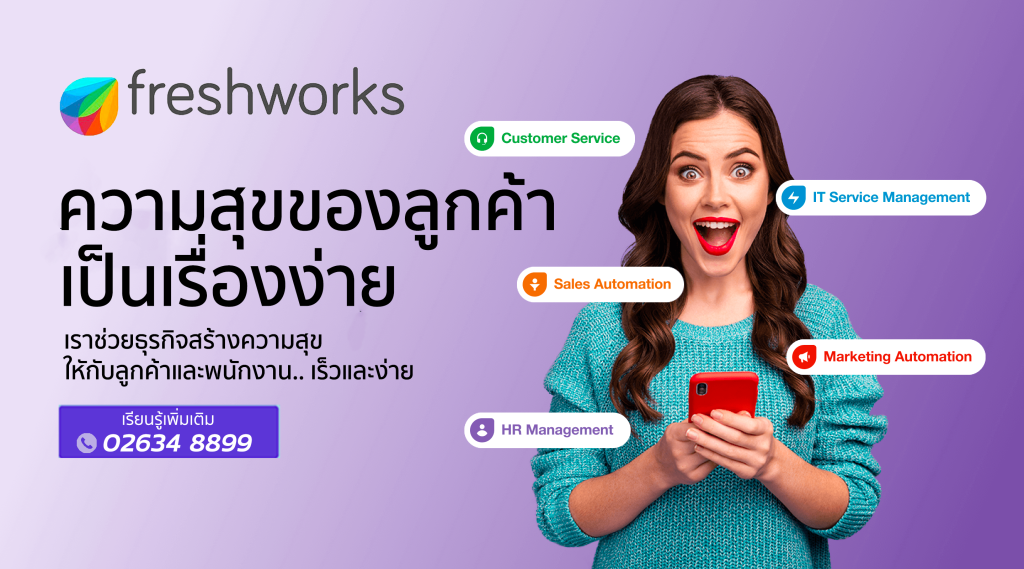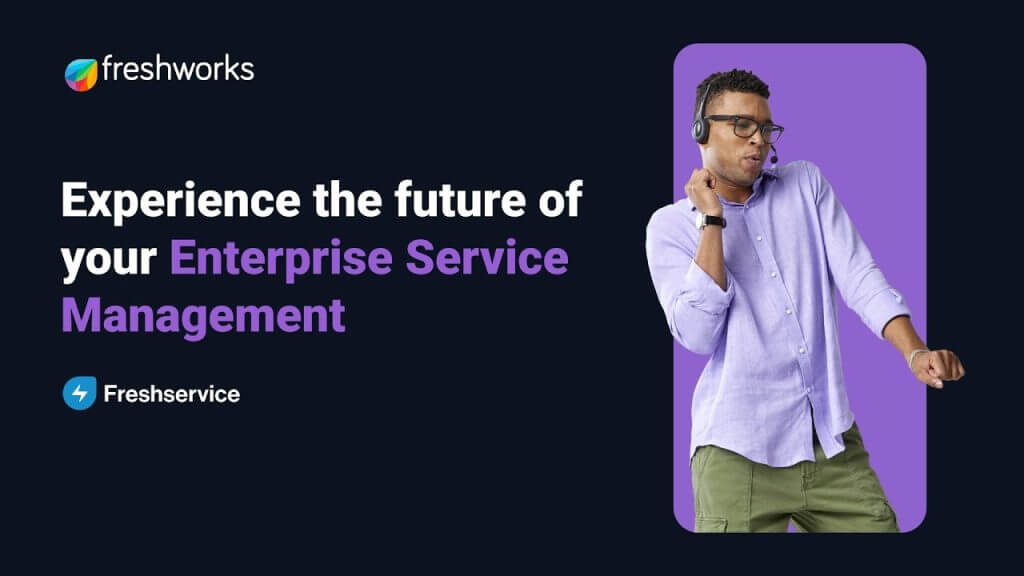Enhancing Customer Experience in IT Service Management
In today’s fast-paced digital world, delivering outstanding customer experiences is critical for the success of any IT service management (ITSM) organization. With the increasing complexity of technology and customer expectations on the rise, it’s becoming more important than ever to provide a seamless and superior service. But what are the secrets to achieving this? In this article, we will explore the essential strategies and best practices that can help enhance customer experience in IT service management.
From streamlining service request processes to implementing self-service portals, we will uncover the key tactics that can significantly improve customer satisfaction and loyalty. By adopting a customer-centric approach and leveraging the latest technologies and tools, ITSM organizations can ensure that every interaction with their customers is efficient, personalized, and frictionless.
Join us as we delve into the secrets of successful customer experience in IT service management and discover how to create meaningful connections with your customers, boost service levels, and shape a positive brand perception in the digital age.
Importance of Customer Experience in IT Service Management
Providing an exceptional customer experience is crucial for any IT service management organization. A positive customer experience not only leads to higher customer satisfaction and loyalty but also helps in building a positive brand image. In today’s competitive landscape, where customers have numerous options to choose from, organizations that prioritize customer experience gain a significant competitive advantage.
IT service management involves a wide range of activities, including incident management, problem management, change management, and service request management. Each of these activities directly or indirectly impacts the customer experience. For example, if a customer encounters an issue and the incident management process is slow or ineffective, it can lead to frustration and dissatisfaction. On the other hand, if service requests are handled promptly and efficiently, it can create a positive impression and build trust.
To ensure a positive customer experience, ITSM organizations need to understand the expectations of their customers and align their processes, systems, and resources accordingly. By focusing on customer-centricity, organizations can create a culture that prioritizes customer satisfaction and continuously strives to exceed customer expectations.
Understanding Customer Expectations in IT Service Management
To enhance customer experience in IT service management, it is essential to have a clear understanding of customer expectations. This requires actively listening to customers, gathering feedback, and analyzing data to identify patterns and trends.
Customers expect their IT service management interactions to be seamless, efficient, and personalized. They want their issues to be resolved quickly and with minimal effort on their part. They expect clear communication and regular updates throughout the process. Additionally, customers appreciate self-service options that allow them to find answers to their questions or resolve simple issues on their own.
To meet these expectations, ITSM organizations need to invest in technologies and tools that enable self-service capabilities, automate processes, and provide real-time visibility into the status of service requests. By proactively addressing customer needs and empowering them to find solutions, organizations can significantly enhance the overall customer experience.
Key Elements of a Successful Customer Experience Strategy
Creating a successful customer experience strategy requires a holistic approach that encompasses various elements. Here are some key elements that should be considered:
- Customer-Centric Culture: Establishing a customer-centric culture is the foundation of a successful customer experience strategy. This involves aligning the organization’s values, goals, and processes with the needs and expectations of customers. It requires fostering a culture of empathy, accountability, and continuous improvement.
- Clear Communication: Effective communication is essential for delivering a positive customer experience. It involves setting clear expectations, providing regular updates, and ensuring that customers are informed about any changes or disruptions. Communication should be transparent, timely, and tailored to the customer’s preferred channel.
- Streamlined Processes: Simplifying and streamlining processes is crucial for improving customer experience. By eliminating unnecessary steps, automating repetitive tasks, and reducing response times, organizations can enhance efficiency and deliver faster resolutions to customer issues.
- Personalization: Personalization involves tailoring the customer experience to individual needs and preferences. This can be achieved by capturing and utilizing customer data to provide personalized recommendations, targeted promotions, and relevant content. Personalization helps in creating a sense of value and building long-term customer relationships.
- Continuous Improvement: Customer expectations are constantly evolving, and organizations need to adapt to stay ahead. By collecting customer feedback, analyzing data, and implementing continuous improvement initiatives, ITSM organizations can ensure that they are consistently meeting and exceeding customer expectations.
By incorporating these key elements into their customer experience strategy, ITSM organizations can create a solid foundation for delivering exceptional service and building long-term customer loyalty.
Mapping the Customer Journey in IT Service Management
Understanding the customer journey is crucial for enhancing customer experience in IT service management. The customer journey refers to the various touchpoints and interactions that a customer has with an organization throughout their relationship.
Mapping the customer journey involves identifying and analyzing each interaction point, from the initial contact to issue resolution and beyond. By mapping the customer journey, organizations can identify pain points, areas for improvement, and opportunities to create positive experiences.
The customer journey in IT service management typically includes the following stages:
- Awareness: This is the initial stage where the customer becomes aware of the organization’s services and offerings. It can include activities such as visiting the organization’s website, reading reviews, or receiving recommendations.
- Engagement: Once the customer becomes interested in the organization’s services, they may engage in activities such as submitting a service request, contacting customer support, or attending a webinar.
- Resolution: This stage involves the actual resolution of the customer’s issue or request. It includes activities such as incident management, problem management, or change management.
- Follow-up: After the resolution, organizations should follow up with customers to ensure their satisfaction and address any additional needs or concerns. This can be done through surveys, feedback forms, or personalized communication.
By understanding the customer journey and optimizing each touchpoint, ITSM organizations can create a seamless and consistent experience that meets customer expectations at every stage.
Leveraging Technology to Enhance Customer Experience
Technology plays a crucial role in enhancing customer experience in IT service management. By leveraging the right tools and technologies, organizations can automate processes, provide self-service options, and gain real-time visibility into customer interactions.
One of the key technologies that can significantly impact customer experience is a self-service portal. A self-service portal allows customers to find answers to their questions, submit service requests, and track the progress of their requests. It empowers customers to resolve simple issues on their own, reducing the need for manual intervention and improving response times.
Another technology that can enhance customer experience is a customer relationship management (CRM) system. A CRM system provides a central repository for customer data, allowing organizations to track customer interactions, preferences, and history. This data can be utilized to provide personalized recommendations, targeted promotions, and efficient issue resolution.
Additionally, organizations can leverage automation tools to streamline processes and improve efficiency. Automation can be used to automate repetitive tasks, route service requests to the right teams, and provide real-time updates to customers. This not only reduces manual effort but also ensures faster response times and improved customer satisfaction.
By adopting the right technologies and tools, ITSM organizations can enhance their operational efficiency, provide a seamless customer experience, and improve overall service levels.
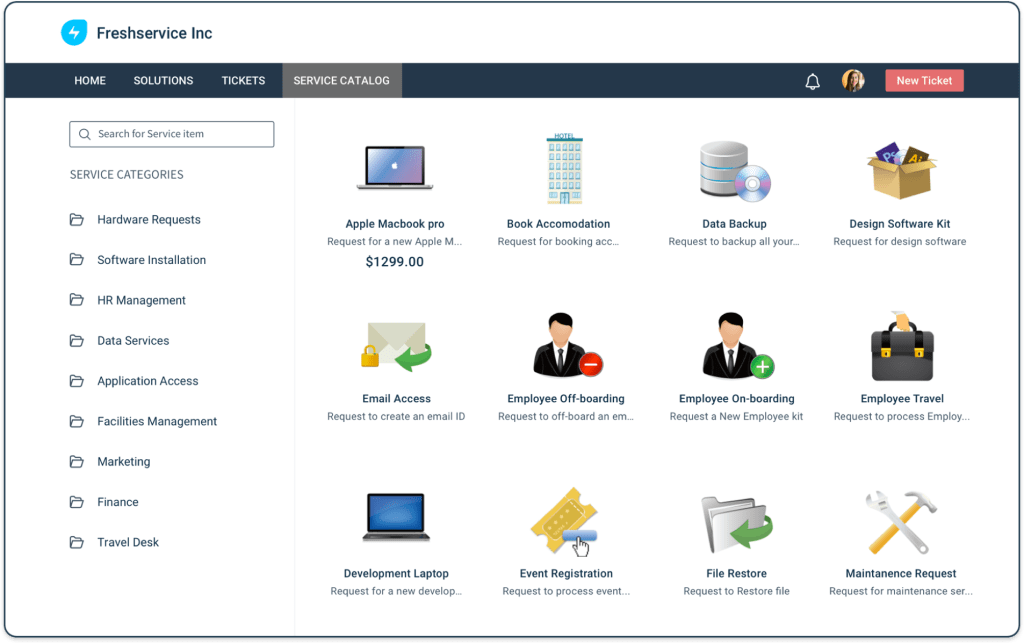
Measuring and Tracking Customer Satisfaction in IT Service Management
Measuring and tracking customer satisfaction is essential for continuously improving the customer experience in IT service management. It allows organizations to identify areas of improvement, monitor the effectiveness of their initiatives, and make data-driven decisions.
There are several metrics and methods that can be used to measure customer satisfaction, including:
- Customer Satisfaction Score (CSAT): CSAT is a metric that measures the overall satisfaction of customers based on a specific interaction or experience. It is typically measured through surveys or feedback forms that ask customers to rate their satisfaction on a scale.
- Net Promoter Score (NPS): NPS is a metric that measures the likelihood of customers to recommend the organization to others. It is measured through a simple question: “On a scale of 0-10, how likely are you to recommend our services to a friend or colleague?” The responses are then categorized into promoters, passives, and detractors.
- Customer Effort Score (CES): CES measures the ease of the customer’s experience in resolving an issue or completing a task. It is typically measured through surveys that ask customers to rate the effort required on a scale.
In addition to these metrics, organizations can also gather qualitative feedback through open-ended survey questions, focus groups, or customer interviews. Qualitative feedback provides valuable insights into the specific pain points, challenges, and areas for improvement that customers may have.
By regularly measuring and tracking customer satisfaction, ITSM organizations can identify trends, address issues proactively, and continuously enhance the customer experience.
Best Practices for Delivering Exceptional Customer Service in IT
Delivering exceptional customer service requires a combination of best practices and a customer-centric approach. Here are some key best practices that ITSM organizations can follow to enhance customer experience:
- Training and Development: Investing in training and development for IT service management teams is crucial for delivering exceptional customer service. Training should focus on developing technical skills, communication skills, and customer service skills. It should also emphasize the importance of empathy, active listening, and problem-solving.
- Empowering Self-Service: Providing self-service options empowers customers to find answers to their questions and resolve simple issues on their own. Organizations should invest in self-service portals, knowledge bases, and online communities to enable customers to help themselves.
- Quick Response Times: Promptly responding to customer inquiries and service requests is essential for delivering exceptional customer service. Organizations should establish service level agreements (SLAs) and implement processes and tools that enable faster response times.
- Effective Communication: Clear and transparent communication is crucial for building trust and exceeding customer expectations. Organizations should communicate proactively, provide regular updates, and ensure that customers are informed about any changes or disruptions.
- Continuous Improvement: Continuous improvement is a key principle of delivering exceptional customer service. Organizations should regularly gather customer feedback, analyze data, and implement initiatives to address pain points and enhance the customer experience.
By following these best practices, ITSM organizations can create a customer-centric culture, deliver exceptional service, and build long-term customer relationships.
Case Studies of Organizations that have Successfully Enhanced Customer Experience in IT Service Management
To illustrate the impact of enhancing customer experience in IT service management, let’s explore a few case studies of organizations that have successfully implemented customer-centric initiatives:
- Company A: Company A, an IT service management organization, implemented a self-service portal that allowed customers to submit service requests and track their progress. This initiative reduced the workload on the support team, improved response times, and significantly enhanced customer satisfaction.
- Company B: Company B focused on streamlining their incident management process by implementing automation tools and improving communication. By reducing the time taken to resolve incidents and providing regular updates to customers, they achieved a significant improvement in customer satisfaction scores.
- Company C: Company C implemented a customer feedback program that involved collecting feedback through surveys and analyzing the data to identify areas for improvement. By acting upon the feedback and continuously making enhancements, they were able to consistently exceed customer expectations and build a loyal customer base.
These case studies highlight the importance of customer-centric initiatives and the positive impact they can have on customer experience in IT service management.
Training and Development for IT Service Management Teams
Investing in training and development for IT service management teams is crucial for delivering exceptional customer service. IT service management teams should possess a combination of technical skills, communication skills, and customer service skills to effectively meet customer needs.
Training programs should focus on developing technical skills related to incident management, problem management, change management, and other ITSM processes. Additionally, communication skills such as active listening, empathy, and effective written and verbal communication should be emphasized.
Customer service skills, including problem-solving, conflict resolution, and relationship building, are also essential for IT service management teams. These skills help in understanding and addressing customer needs, managing customer expectations, and delivering personalized service.
Furthermore, training should promote a customer-centric mindset and instill a culture of continuous improvement. IT service management teams should be encouraged to proactively seek customer feedback, analyze data, and identify areas for improvement.
By investing in training and development, ITSM organizations can equip their teams with the necessary skills and mindset to deliver exceptional customer service and enhance the overall customer experience.
Conclusion: The Future of Customer Experience in IT Service Management
In the rapidly evolving digital landscape, customer experience is becoming a key differentiator for IT service management organizations. By prioritizing customer-centricity, leveraging technology, and adopting best practices, ITSM organizations can enhance customer satisfaction, build long-term customer relationships, and shape a positive brand perception.
The future of customer experience in IT service management lies in embracing emerging technologies, such as artificial intelligence and machine learning, to further automate processes, personalize interactions, and provide proactive support. Organizations that continuously adapt and innovate to meet changing customer expectations will thrive in the digital age.
As IT service management organizations strive to enhance customer experience, it is important to remember that it is a journey rather than a destination. By consistently listening to customers, analyzing data, and implementing improvements, organizations can create meaningful connections, boost service levels, and shape a positive brand perception in the dynamic world of IT service management.
Organizations that invest in ITSM can save up to 30% on IT costs (Gartner)
Organizations that invest in ITSM have over 90% satisfied end users (Gartner)
Organizations that invest in ITSM have 50% faster service response times (Gartner)
Organizations that invest in ITSM have 25% less downtime (Gartner)
For more information about ITSM and Freshservice, please contact
Sundae Solutions Co., Ltd.
T| 026348899 E| sales@sundae.co.th
W| https://www.sundae.co.th/en/solutions/crm-and-customer-experience/freshworks/freshservice/
- May 31, 2024
- Posted by: sundaeadmin
- Category: Articles-EN
